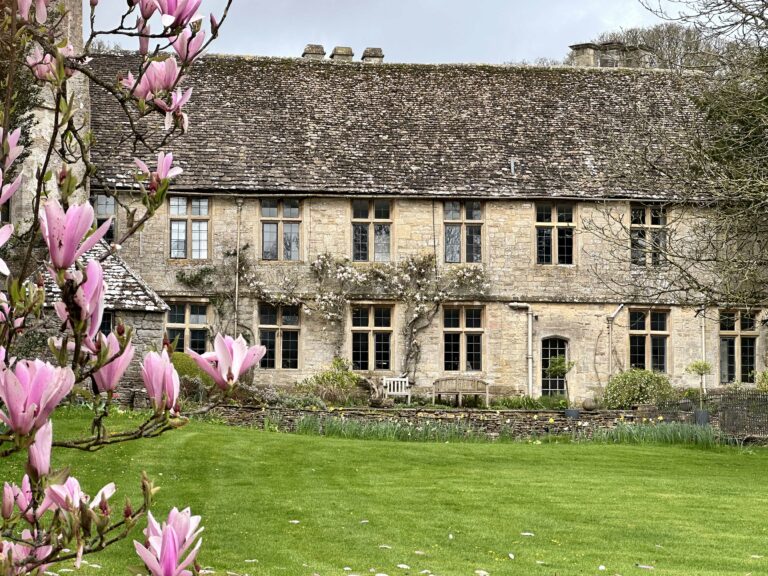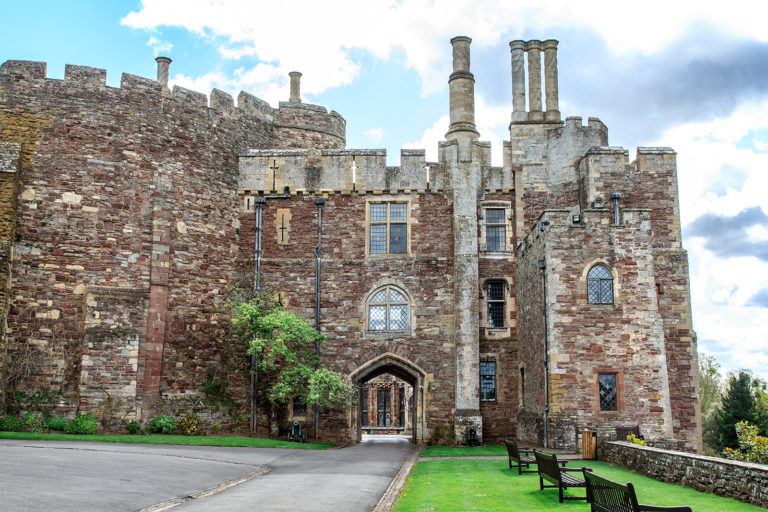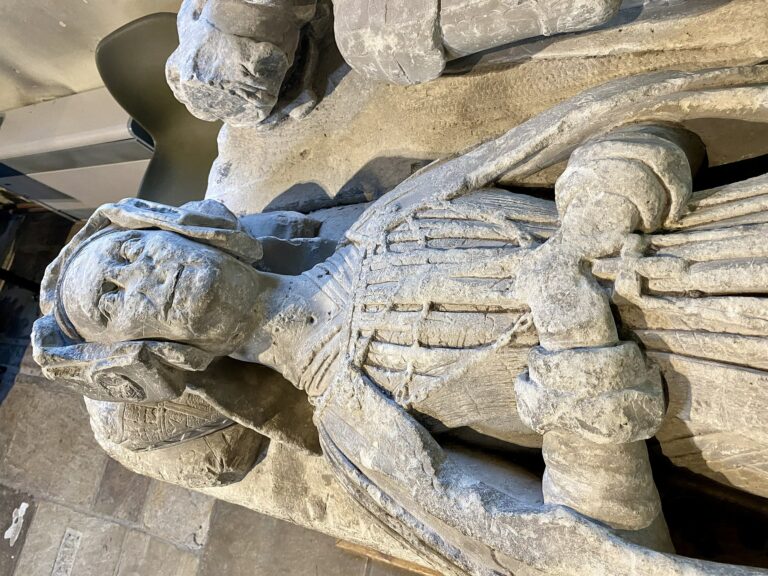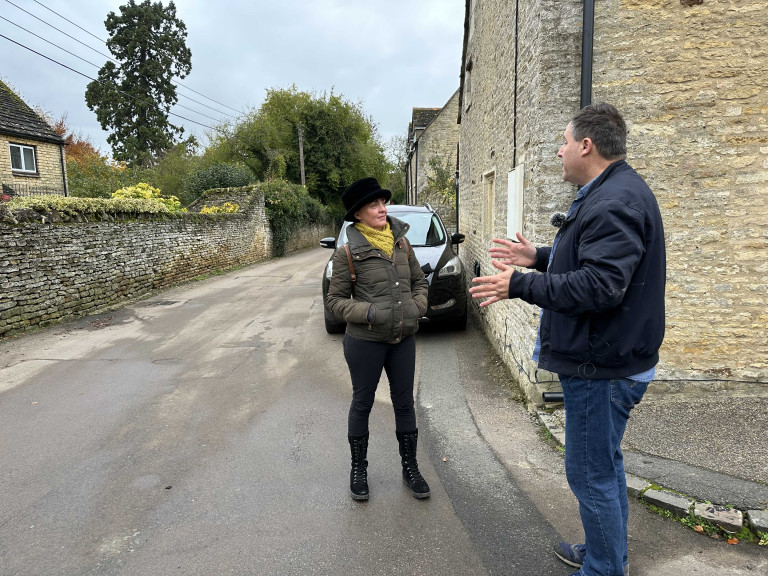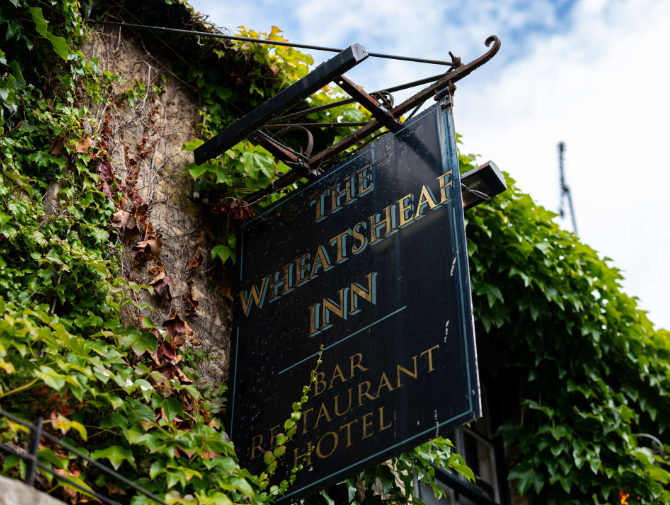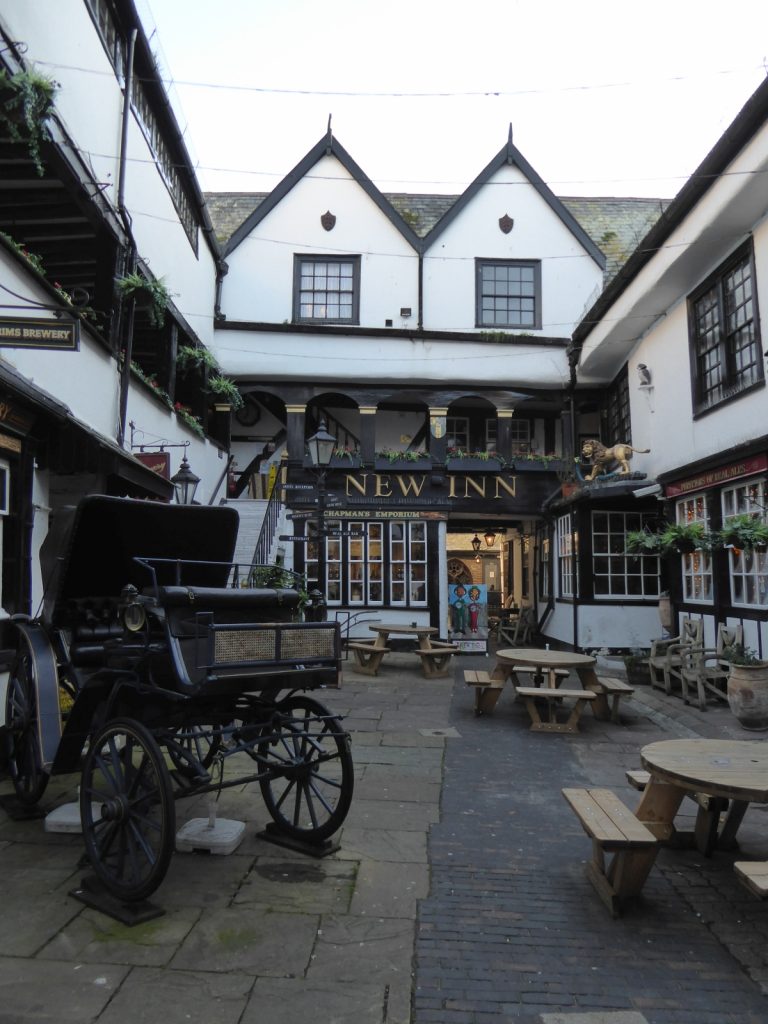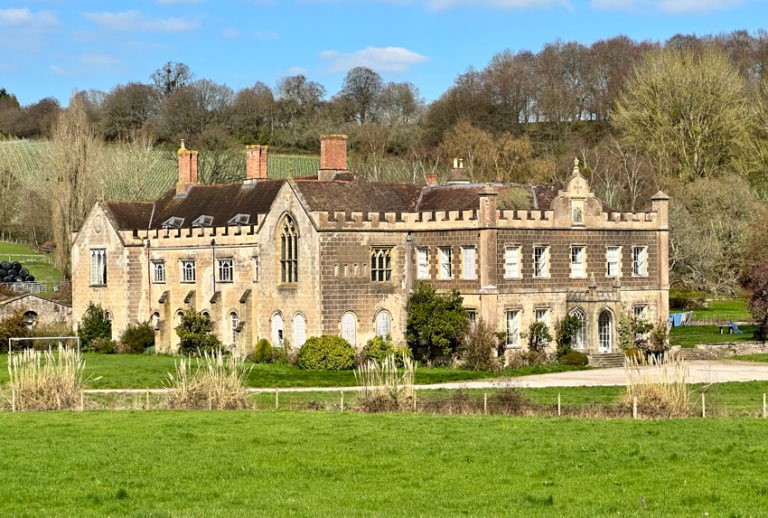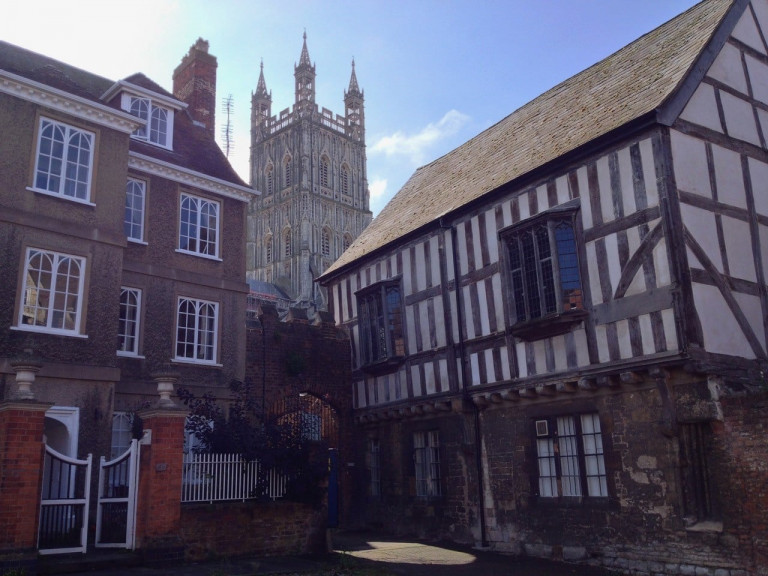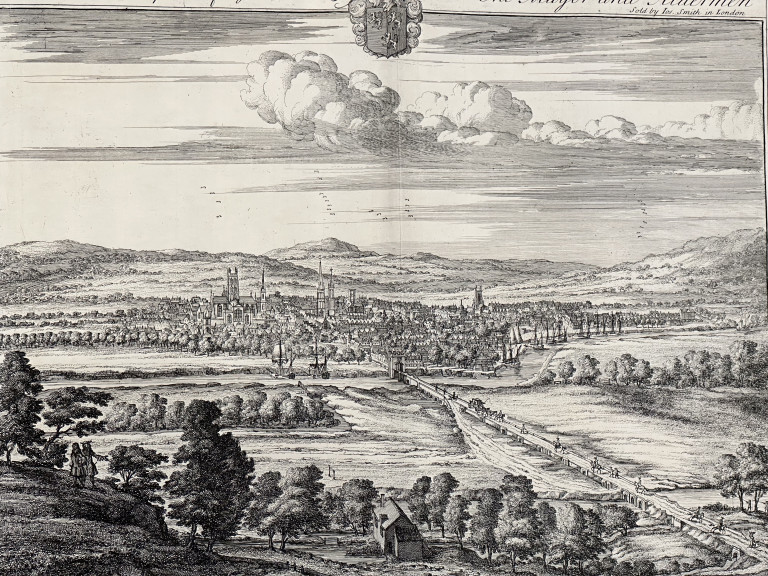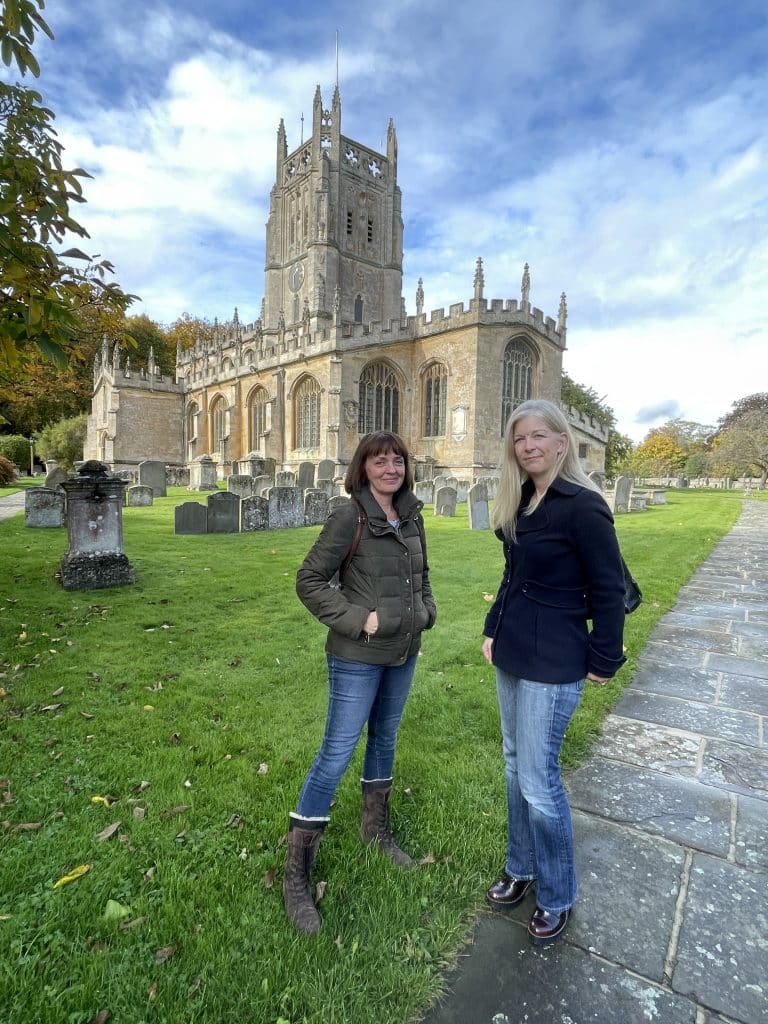The next significant stop on the 1502 progress after Woolaston was Berkeley Castle, where the royal couple stayed for five days from 29 August to 4 September.
Berkeley Castle still stands largely untouched since it was set in stone during the eleventh, twelfth and fourteenth centuries.
Berkeley Castle is highly distinctive in appearance. Built on a typical Norman motte and bailey design during the early and mid-medieval period, it has been constructed from local pink, grey, and yellow Severn sandstone, with its roofs mainly made of Cotswold stone, slate, or lead.
To read the entire article, join the membership by clicking the red button in the top right hand corner of this page.

